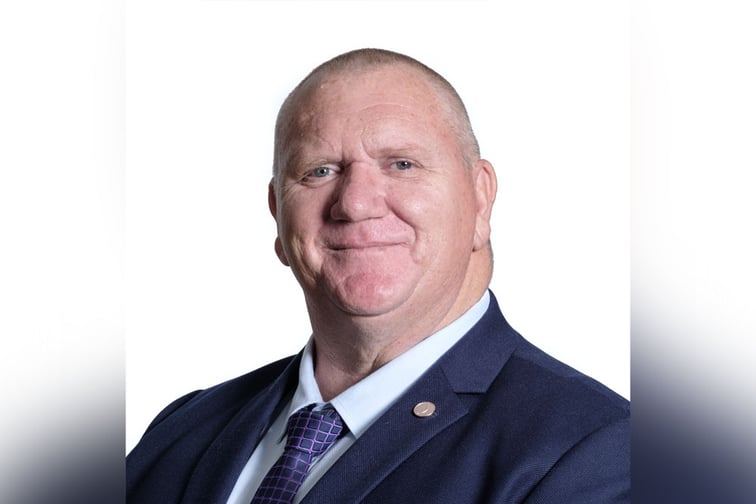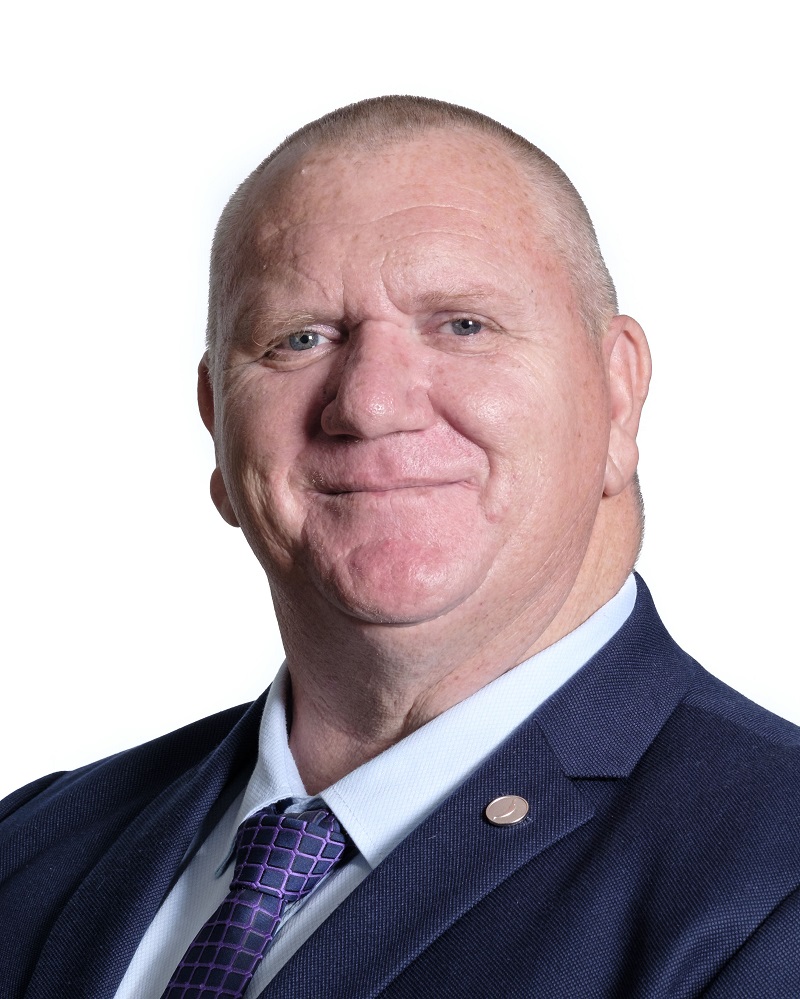

From swiftly introduced legislation to social restrictions that have made business premises temporarily redundant, the commercial lending space has had to withstand massive upheaval since the onset of the pandemic this year.
Mal Withers, head of commercial at Pepper, says that for those who invest in property and own commercial holdings, 2020 has brought about some of the most meaningful and unexpected changes ever witnessed in the industry.
“Something happened this year that we have not seen during previous economic downturns – the government was changing the rules where tenants were able to negotiate their rents based upon their turnover,” Withers says.
“From a commercial perspective, 2020 has obviously changed the landscape, and we’ve also seen some really big challenges for businesses around being able to manage and run their business. Customers have gone through a considerable rate of change, and they’ve had to reshape the way they operate.”
This has required support on two fronts – for both the businesses operating in commercial premises, and the landlords who own the actual properties. Withers says Pepper has been working overtime to assist both groups in not just facing these challenges head-on but thriving as they move forward.
“One of the key things we did when pandemic hit was, first and foremost, we were there for our existing customers – to make sure they were in a good place; they could go home at night and let their families know it was going to be OK. We had a lot of conversations with our business customers, and there were many gut-wrenching stories. To be able to tell them that we are to help them through that – the relief in their voice was very rewarding,” Withers says.
“So that was step one, making sure our existing customers were OK and they could stay in business and continue to employ people. From there, it was then about how we looked to support and assist customers to continue to borrow money to achieve their goals and invest in commercial property, as well as ensure we had funding availability and policies in place to meet the market.”
“Yes, retail is really hurting, and the data is showing that we’ll see a retraction in retail values. But if you look at the micro industries, there are some areas ... that are performing really well”
Withers adds that the pandemic has required all lenders to reassess how they approach and look at self-employed applications, as most SMEs are self-employed – and they are “the backbone of Australia”.
“The banks have traditionally not been nimble enough with their policies to react to customers’ rapidly changing circumstances, which made it a bigger challenge for those customers to access funding solutions,” he explains.
 Mal Withers, head of commercial, Pepper
Mal Withers, head of commercial, Pepper
“When the pandemic hit, a lot of lenders in the market didn’t have the appetite within their policies to adjust, and they weren’t willing to base their criteria on a business’s current cash flow. It reached a point where long-term bank customers suddenly found that their bank decided ‘we don’t want to lend to retail customers any more’, and they were left out in the cold.”
This is why it’s crucial to understand the micro-economic elements at play, Withers explains, rather than painting the entire sector with the same brush.
When it comes to looking at certain sectors of the market that are performing well today versus those that aren’t performing as strongly, there are some trends to note.
“I think we need to look at the micro segments and what is performing exceptionally well, and the data continues to show that it is industrial, warehouse and factory properties. They continue, quarter on quarter, to achieve positive growth,” he says.
“Office space is continuing to perform; it’s flat, but it’s still OK. What we’ve yet to see is when large-scale office downgrades take place and workplaces move into smaller strata-style spaces – we’ve yet to see that impact.”
When it comes to retail, Withers says this is where lenders “can get it right or get it wrong – and at Pepper, we’ve got it right”.
“Our credit managers really get to know the customer and who they are. Yes, retail is really hurting, and the data is showing that we’ll see a retraction in retail values. But if you look at the micro industries, there are some areas, such as professional or essential services, that are performing really well,” he says.
“Retail is a broad category and is used to describe a pharmacy and a fashion clothing store – but you can’t classify the two as having the same risk. Your local takeaway shop would have been performing exceptionally well when local restaurants got shut down, and while a cafe in Sydney’s CBD might be very quiet today, in the suburbs it’s like Sunday trading every day, because everyone is working from home and they still want their coffee.”
All of these different elements come into play when it comes to building a credit picture of your potential client Withers says.
“If you understand that, as a lender, if you take the time to have a conversation with the broker to understand the customer, their circumstances and how they arrived at this point in time – rather than using the same broad-stroke brush for everyone – then you can have a real impact.”
For this reason, he also believes that there’s no better time than now for brokers to expand into the commercial finance space, if they haven’t already.
“For brokers who are looking at doing commercial loans, the first place to start is your own database. Look at your self-employed customers and take the time to ask those extra questions. This is not just a self-employed person buying a home and needing a loan – they’re also a business customer, so get to know their story, as customers are looking for someone to tell their story to,” he says. “Ask questions like, what makes them successful in business, and what are their goals? What drives their business to grow?
“One of the things we pride ourselves on is our assisted support broker journey into commercial, and providing brokers with a real alternative to banks”
“You can then learn how to actually help the customer to expand and grow. Their factory may be no longer big enough, or perhaps they need to change their office space. If you as a broker don’t take the time to ask those questions, you’re going to miss that opportunity.”
Don’t worry about selling to your customer, Withers advises, as if you get to know their story and understand who they are, you’ll naturally start to have conversations around asset finance, needing more space, upgrading their cars, entering into commercial investments, and more.
“If you’re not having those conversations with your customer, you’ll miss out. Within commercial, every broker has the capacity and capability to develop further. The first part is to work with a lender like Pepper; we do a lot with new-to-commercial brokers to help you understand what your comfort zone is and how we may be able to assist you grow,” he says.
“One of the things we pride ourselves on is our assisted support broker journey into commercial, and providing brokers with a real alternative to banks. Non-banks are a really strong alternative – we offer flexibility, capability and a speed to market that makes it hard pressed to beat what a non-bank can deliver. Pepper is the only provider to offer direct-to-credit online lodgment, and we’re the only one to provide Australian businesses with an online redraw facility, which the customer has the full power to control and access. Brokers shouldn’t be fearful of considering commercial, as there are a lot of opportunities when they start to think outside the box.”
